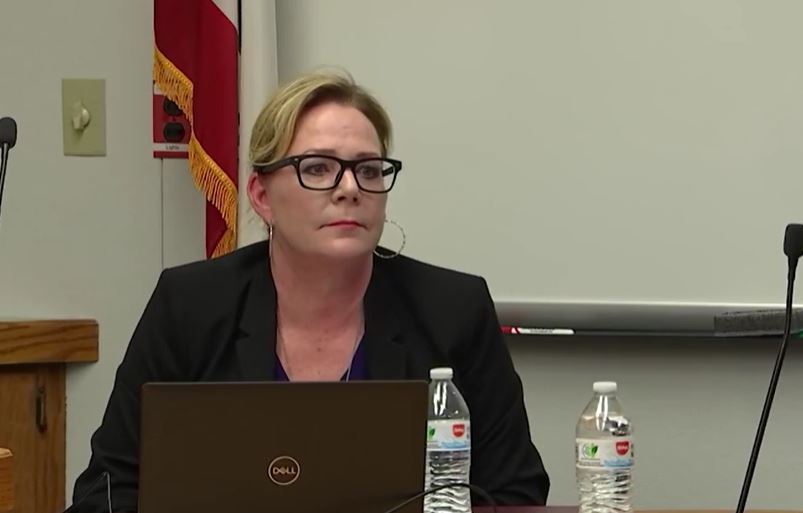Hundreds of people are expected to watch Warren Hall fall to the ground Saturday morning at Cal State East Bay's Hayward campus.
The old administration building is being imploded because it's the most seismically vulnerable building in the CSU system. While most are interested in the explosion scientists at the USGS are interested in what happens under ground after the building hits the ground.
They have set up 600 seismic sensors to record ground motion in the East Bay.
"We are trying to measure ground motion," Geophysicist Rufus Catchings said. "When the building comes down there will be a thump that will put seismic energy into the ground."
The nearby Hayward fault is expected to amplify that energy.
Rufus said the sensors will help map where the fault is underground.
"Just because there is a ground break on the surface doesn't mean that is where the fault is underground. It's a zone, we want to see the width of the zone. We want to see how many strands are coming toward the surface," he said.
The information can then be applied all along the Hayward fault, from Milpitas to San Pablo Bay, and will tell scientists more about what will happen during an earthquake.
Rufus calls it a rare opportunity.
Local
"There is a tremendous number of things we need to learn about the fault zone if we understand that then we have a pretty good idea of what will happen in a much larger earthquake," he said.
Scientists said it will take several months to organize and analyze the data.
NBC Bay Area's Jean Elle provides more details in her video report above.



